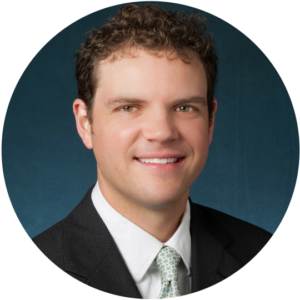 Dane Stangler is the vice president of Research and Policy at the Ewing Marion Kauffman Foundation and he oversees the creation of new knowledge about entrepreneurship. The Ewing Marion Kauffman Foundation is a private foundation based in Kansas City, which focuses on two areas of grant-making: education and entrepreneurship.
Dane Stangler is the vice president of Research and Policy at the Ewing Marion Kauffman Foundation and he oversees the creation of new knowledge about entrepreneurship. The Ewing Marion Kauffman Foundation is a private foundation based in Kansas City, which focuses on two areas of grant-making: education and entrepreneurship.
At the 2nd Annual Upstate Unleashed Conference Dane shared with us more about his views on the current state of entrepreneurship in the country and the barriers that still hinder the paths of start-up founders.
Dane Stangler | 2016 Upstate Unleashed Presentation
Though Dane notes that the health of the American entrepreneurial economy is “okay,” Dane highlights that business creation still has not recovered to its pre-recession levels. “There is a lot of variability across the country,” says Stangler. But there are hopeful signs, he adds, as “Entrepreneurship is getting a lot more of attention.” As funding intensifies, it seems that policy makers eventually understand the specific nature of entrepreneurship as a form of economic development.
The barriers encountered by entrepreneurs are of several types. First, there are individual barriers:
“Being an entrepreneur is very hard. Creating something out of nothing, innovating and managing people is a challenge in itself.”
Market barriers are also barriers encountered by entrepreneurs: Is the market an existing one? Is it emerging? What are the costs of entry and how does the competitive landscape look?
And then, there are also policy barriers. Depending on what type of business entrepreneurs start and depending on where they launch their activity, taxes and regulation may apply and hinder entrepreneurial attempts.
Who is the next generation of entrepreneurs? Millennials right now have a fairly low rate of entrepreneurial activity but they are in their 20s which is totally normal, Dane explained. The peak age for entrepreneurs is late 30s, early 40s!
When asked about the role of immigrant entrepreneurs, Dane says, “Historically, they have a rate of entrepreneurship twice as high as native born Americans. If one of our goals is to get more entrepreneurs, yes we should figure out a way to attract more immigrant entrepreneurs. Particularly, we need to reduce the costs of entrepreneurial experimentation.”
To Dane, you can foster entrepreneurship anywhere.
When asked about how to retain young student entrepreneurs in their local communities, Dane says:
“Retention strategies have uneven records.”
“Entrepreneurs of all kinds, need three of the same things. Customers, Employers, Suppliers,” he added. To get started, entrepreneurs need money, a market and they need to manage their company. “These are the 3 Ms: Money, Market and Management.”
Any program that tries to help entrepreneurs address one of those things will be valuable. Quality of life will also be a number one thing that the community should focus on.